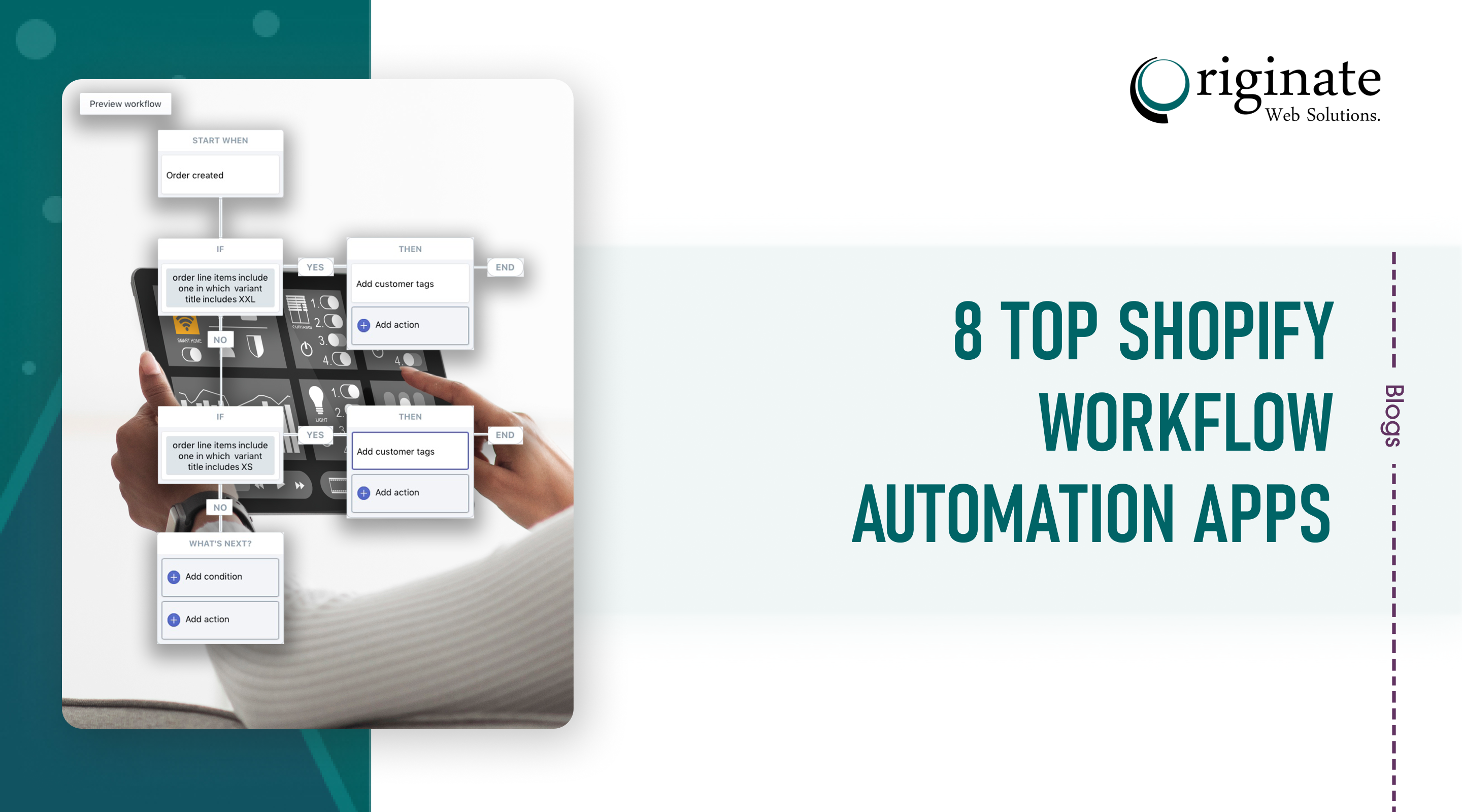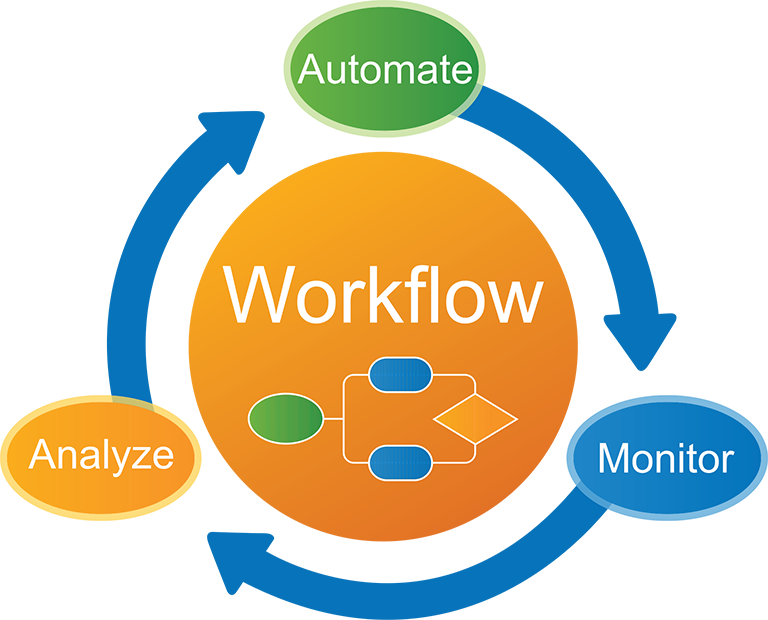Workflow automation apps are transforming the way businesses operate, offering a suite of benefits that enhance productivity, reduce errors, and free up time for more strategic tasks. From project management to customer service, these apps are revolutionizing the workplace by streamlining processes and improving efficiency.
With a wide range of options available, businesses can choose the right app to meet their specific needs, ensuring a seamless integration with existing systems and a smooth implementation process. By embracing workflow automation, organizations can gain a competitive edge, improve collaboration, and drive data-driven decision-making.
Overview of Workflow Automation Apps
Workflow automation apps are software tools that streamline and automate repetitive, rule-based tasks within a business process. By automating these tasks, businesses can improve efficiency, reduce errors, and free up employees to focus on more strategic initiatives.
Benefits of Workflow Automation Apps
Some of the benefits of using workflow automation apps include:
- Increased efficiency: Workflow automation apps can automate repetitive tasks, freeing up employees to focus on more complex and value-added activities.
- Reduced errors: Workflow automation apps can help to reduce errors by eliminating human error from repetitive tasks.
- Improved compliance: Workflow automation apps can help businesses to comply with regulations by ensuring that tasks are completed in a consistent and auditable manner.
- Increased productivity: Workflow automation apps can help businesses to increase productivity by streamlining processes and eliminating bottlenecks.
Common Workflow Automation Apps
There are a number of different workflow automation apps available, each with its own unique features and capabilities. Some of the most popular workflow automation apps include:
- Zapier
- IFTTT
- Microsoft Power Automate
- Google Workspace
- Kissflow
Types of Workflow Automation Apps

Workflow automation apps can be categorized based on their functionality. Here are some common types of workflow automation apps and their key features:
Process Automation Apps
- Automate repetitive tasks such as data entry, email sending, and file processing.
- Reduce manual labor and improve efficiency.
- Examples: Zapier, IFTTT, Microsoft Power Automate
Document Workflow Apps
- Manage document-centric processes such as approvals, reviews, and signatures.
- Improve collaboration and reduce document turnaround time.
- Examples: DocuSign, Adobe Acrobat Sign, PandaDoc
Project Management Apps
- Automate project management tasks such as task assignment, tracking, and reporting.
- Improve project visibility and accountability.
- Examples: Asana, Trello, Jira
Customer Relationship Management (CRM) Apps
- Automate CRM tasks such as lead generation, contact management, and sales tracking.
- Improve customer relationships and increase sales efficiency.
- Examples: Salesforce, HubSpot, Zoho CRM
Business Process Management (BPM) Apps
- Automate complex business processes across multiple departments and systems.
- Improve process visibility, efficiency, and compliance.
- Examples: Pega Infinity, Appian, IBM Business Process Manager
Benefits of Using Workflow Automation Apps
Workflow automation apps offer a wide range of benefits that can help businesses improve their efficiency and productivity. These benefits include:
- Enhanced productivity and efficiency:Workflow automation apps can help businesses automate repetitive and time-consuming tasks, freeing up employees to focus on more strategic and value-added activities.
- Reduced errors and improved accuracy:Workflow automation apps can help businesses reduce errors and improve accuracy by automating tasks that are prone to human error.
- Free up time for more strategic tasks:Workflow automation apps can free up employees’ time by automating repetitive and time-consuming tasks, allowing them to focus on more strategic and value-added activities.
- Improved collaboration and communication:Workflow automation apps can help businesses improve collaboration and communication by providing a central platform for teams to share information and track progress.
- Provide data insights and analytics:Workflow automation apps can provide businesses with data insights and analytics that can help them identify areas for improvement and make better decisions.
Challenges of Implementing Workflow Automation Apps
Implementing workflow automation apps can bring about significant benefits, but it also presents certain challenges that need to be carefully considered and addressed.
Some of the most common challenges associated with implementing workflow automation apps include:
Resistance to Change
Resistance to change is a common challenge when implementing new technologies, including workflow automation apps. Employees may be reluctant to adopt new ways of working, especially if they are comfortable with the existing processes. It is important to address this resistance by communicating the benefits of the new system, providing training and support, and involving employees in the implementation process.
Integration with Existing Systems
Integrating workflow automation apps with existing systems can be a complex and time-consuming process. This is especially true if the existing systems are not well-documented or if they use proprietary technologies. It is important to carefully plan the integration process and to work with a qualified IT team to ensure that the new system is compatible with the existing infrastructure.
Data Security Concerns
Workflow automation apps often handle sensitive data, so it is important to ensure that the system is secure. This includes implementing appropriate access controls, encryption, and backup procedures. It is also important to regularly review the system’s security settings and to update the software as needed.
Training and Adoption
Training employees on how to use a new workflow automation app is essential for successful implementation. Employees need to be able to understand the new system and how it can be used to improve their work processes. It is also important to provide ongoing support to employees as they adopt the new system.
Cost of Implementation
The cost of implementing a workflow automation app can be significant. This includes the cost of the software, hardware, and training. It is important to carefully consider the costs and benefits of the new system before making a decision.
Best Practices for Implementing Workflow Automation Apps
To ensure successful implementation of workflow automation apps, it is crucial to follow certain best practices. These practices help organizations maximize the benefits of automation while minimizing potential challenges.
Define Clear Goals and Objectives
Before implementing any workflow automation app, it is essential to clearly define the goals and objectives that the app is expected to achieve. This will help in selecting the right app, setting realistic expectations, and measuring the success of the implementation.
Involve Stakeholders in the Planning Process
Involving stakeholders in the planning process is critical for successful implementation. Stakeholders can provide valuable input on the workflows that need to be automated, the desired outcomes, and the potential impact on their roles. Their involvement helps ensure that the app meets the needs of the organization and is widely accepted.
Choose the Right App for Your Needs
There are numerous workflow automation apps available in the market, each with its own strengths and weaknesses. It is important to carefully evaluate the features, functionality, and pricing of different apps to choose the one that best suits the specific needs of the organization.
Implement the App Gradually
To minimize disruption and ensure a smooth transition, it is recommended to implement the workflow automation app gradually. This can be done by automating a few workflows at a time and gradually expanding the scope of automation as the team becomes more comfortable with the app.
Provide Training and Support
Providing adequate training and support to users is essential for successful implementation. Users should be trained on how to use the app effectively and how to troubleshoot any issues that may arise. Ongoing support can help ensure that users are able to maximize the benefits of the app and address any challenges that may arise.
Monitor and Evaluate the Results
Regularly monitoring and evaluating the results of workflow automation implementation is crucial to ensure that the app is meeting the desired objectives. This involves tracking key metrics, such as time savings, productivity gains, and error reduction, to assess the impact of the app on the organization.
Case Studies of Successful Workflow Automation Implementations

Workflow automation has revolutionized business operations, enabling organizations to streamline processes, reduce costs, and improve efficiency. Here are some notable case studies showcasing the successful implementation of workflow automation apps:
Case Study: XYZ Corporation
- Challenge:Manual data entry and approval processes led to delays and errors.
- Solution:Implemented a workflow automation app to automate data entry, routing, and approvals.
- Benefits:Reduced processing time by 60%, eliminated errors, and improved customer satisfaction.
Case Study: ABC Manufacturing
- Challenge:Complex production scheduling and inventory management processes.
- Solution:Deployed a workflow automation app to streamline scheduling, automate inventory updates, and trigger alerts.
- Benefits:Increased production efficiency by 25%, reduced inventory costs, and improved customer delivery times.
Case Study: DEF Healthcare
- Challenge:Manual patient record management and billing processes.
- Solution:Integrated a workflow automation app with their electronic health record system to automate patient registration, billing, and insurance claims.
- Benefits:Improved patient experience, reduced billing errors, and increased revenue by 10%.
Quantitative Data on Impact
These case studies demonstrate the significant impact of workflow automation on business performance. Quantitative data reveals:
- Time savings of up to 80% in processing tasks
- Error reduction of up to 90%
- Cost savings of up to 50% in operational expenses
- Increased productivity and efficiency by up to 30%
Future Trends in Workflow Automation

The future of workflow automation is bright, with emerging technologies such as AI, machine learning, and robotic process automation (RPA) poised to revolutionize the way businesses operate. These technologies will enable workflow automation to become even more efficient, effective, and accessible, opening up new possibilities for businesses of all sizes.
AI and machine learning will play a major role in the future of workflow automation. These technologies can be used to automate complex tasks that are currently difficult or impossible to automate with traditional methods. For example, AI can be used to identify patterns in data, make predictions, and generate reports.
Machine learning can be used to train computers to perform tasks that require human-like intelligence, such as natural language processing and image recognition.
RPA is another emerging technology that is expected to have a major impact on workflow automation. RPA bots can be used to automate repetitive, rule-based tasks that are currently performed by humans. This can free up human workers to focus on more strategic tasks, such as customer service and product development.
Challenges and Opportunities, Workflow automation apps
The adoption of new technologies always comes with challenges. One of the biggest challenges that businesses will face in the future of workflow automation is the need to develop new skills and knowledge. As workflow automation becomes more sophisticated, businesses will need to invest in training their employees to use and manage these new technologies.
Another challenge that businesses will face is the need to integrate new technologies with their existing systems. Workflow automation systems can be complex, and integrating them with other systems can be a time-consuming and expensive process. However, the benefits of workflow automation can far outweigh the challenges, and businesses that are willing to invest in these technologies will be well-positioned to succeed in the future.
Final Wrap-Up: Workflow Automation Apps
As the future of work evolves, workflow automation apps will continue to play a pivotal role in shaping the digital landscape. With advancements in AI, machine learning, and robotic process automation (RPA), these apps will become even more sophisticated, offering businesses unprecedented opportunities to optimize their operations and achieve new levels of success.
Query Resolution
What are the key benefits of using workflow automation apps?
Enhanced productivity, reduced errors, improved accuracy, freed-up time for strategic tasks, improved collaboration, and data-driven insights.
How can businesses choose the right workflow automation app?
By defining clear goals, involving stakeholders, considering app functionality, and ensuring compatibility with existing systems.
What are some common challenges associated with implementing workflow automation apps?
Resistance to change, integration issues, data security concerns, training requirements, and implementation costs.
